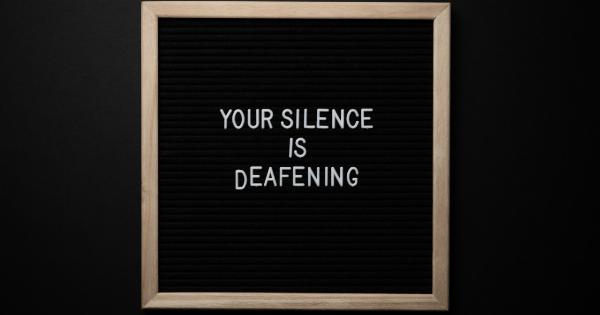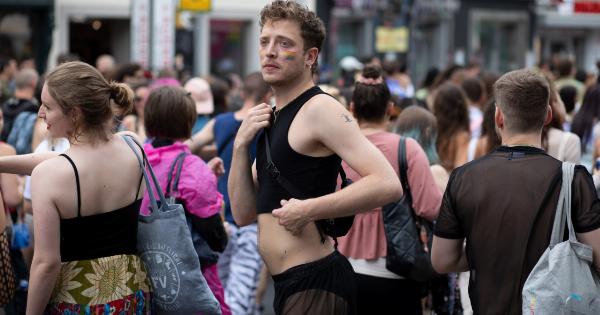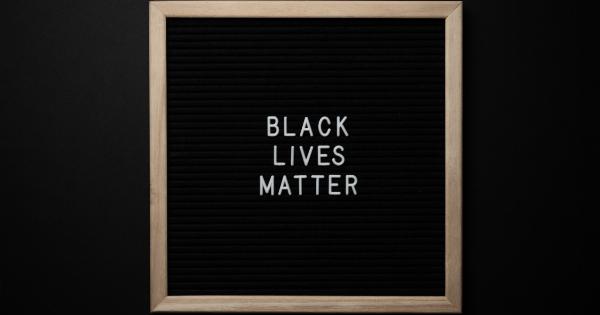Stress is a common occurrence in our lives and can affect us in many ways. From causing physical ailments to impacting our mental and emotional well-being, stress takes a toll on our overall health.
One area that often gets overlooked is the impact of stress on our face. Yes, you read that right! Stress can actually manifest itself on our face through various signs and symptoms. In this article, we will explore eight facial changes that can be caused by stress and how to spot them.
1. Acne Breakouts
One of the most common facial changes caused by stress is acne breakouts. When we are stressed, our body produces more cortisol, the stress hormone.
This hormone triggers the oil glands in our skin to produce more sebum, which can clog pores and lead to acne. If you notice an increase in pimples or blemishes when you’re going through a stressful period, stress may be the culprit.
2. Wrinkles and Fine Lines
Stress can also accelerate the aging process, leading to the formation of wrinkles and fine lines on the face. Cortisol breaks down collagen and elastin, two proteins responsible for maintaining the elasticity and firmness of the skin.
When these proteins are damaged, the skin becomes more prone to sagging and wrinkling. So, if you’re noticing more wrinkles than usual, stress could be playing a role.
3. Dull and Tired Skin
Have you ever noticed that your skin looks dull and lackluster when you’re stressed? Stress can diminish blood flow to the skin, resulting in a pale and tired-looking complexion.
Additionally, stress can disrupt the skin’s natural renewal process, leading to a buildup of dead skin cells on the surface. This can make your skin appear dull and rough. If your skin lacks its usual glow and vitality, stress might be to blame.
4. Dark Circles and Puffy Eyes
Another telltale sign of stress is the appearance of dark circles and puffy eyes. When we are stressed, our body releases inflammatory compounds that can cause fluid retention and swelling.
This often leads to under-eye bags and dark circles that can make us look fatigued and older than we actually are. If you’re constantly battling with puffy eyes, stress could be contributing to this frustrating issue.
5. Jaw Tension
Stress can also manifest itself through jaw tension and facial muscle tightness. When we are stressed, we tend to clench our jaw and grind our teeth, especially at night.
This can lead to muscle strain in the jaw and face, resulting in jaw pain, headaches, and even teeth grinding. If you’re experiencing these symptoms along with stress, it’s important to address them to prevent further discomfort.
6. Skin Rashes and Hives
Stress can have a profound impact on our immune system, making us more susceptible to skin rashes and hives. Stress releases chemicals that can trigger an allergic reaction in some individuals, causing itchy rashes, hives, or even eczema.
If you’re experiencing unexplained skin irritations that coincide with periods of stress, it could be a sign of stress-induced inflammation.
7. Excessive Hair Shedding
While hair loss can have multiple causes, stress is known to contribute to excessive hair shedding.
When we are under stress, the body directs its resources towards coping with the stressor rather than the maintenance of non-essential functions such as hair growth. This can lead to more hair entering the resting phase and eventually falling out. If you’re noticing more hair in your brush or on the shower floor while going through a stressful period, stress might be a contributing factor.
8. Tension Headaches
Lastly, stress can lead to tension headaches, which can impact the facial muscles and cause discomfort. These headaches often present as a dull, aching pain in the temples or at the base of the skull.
When we are stressed, our muscles tend to tighten, including those in the face and scalp, leading to tension headaches. If you’re experiencing frequent headaches along with stress, it’s crucial to manage your stress levels to alleviate these symptoms.
Recognizing these facial changes caused by stress is the first step towards managing your stress levels effectively. If you notice any of these signs, it’s important to practice self-care and stress management techniques.
Whether it’s through exercise, relaxation techniques, therapy, or seeking support from loved ones, finding healthy and effective ways to cope with stress is essential for your overall well-being.































